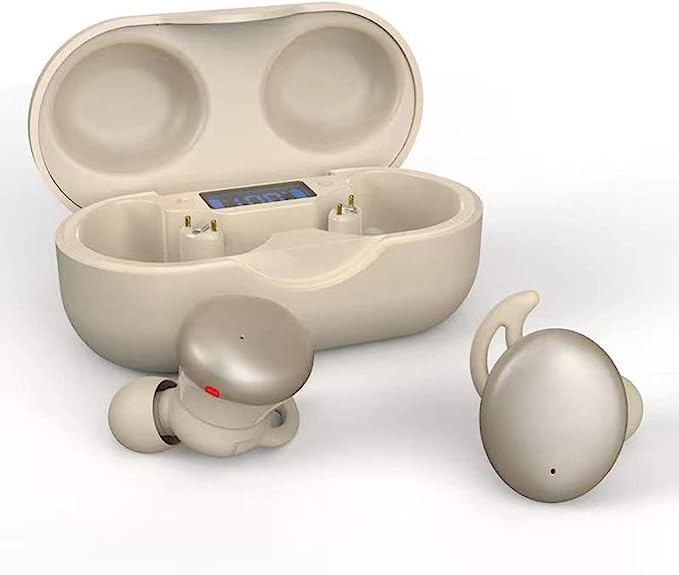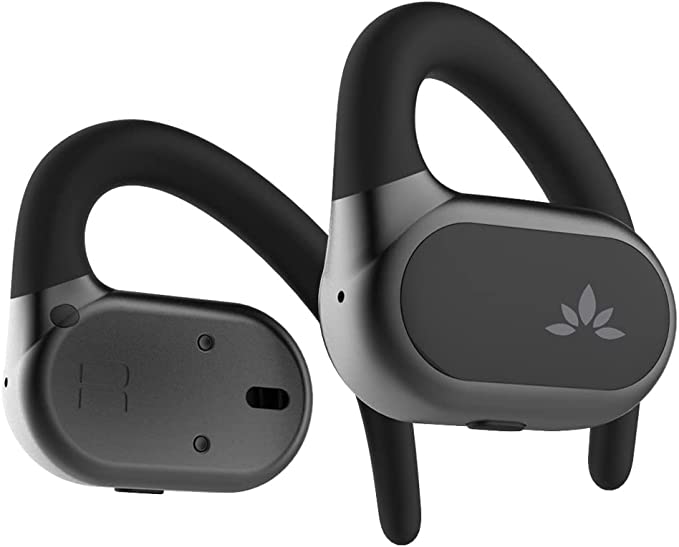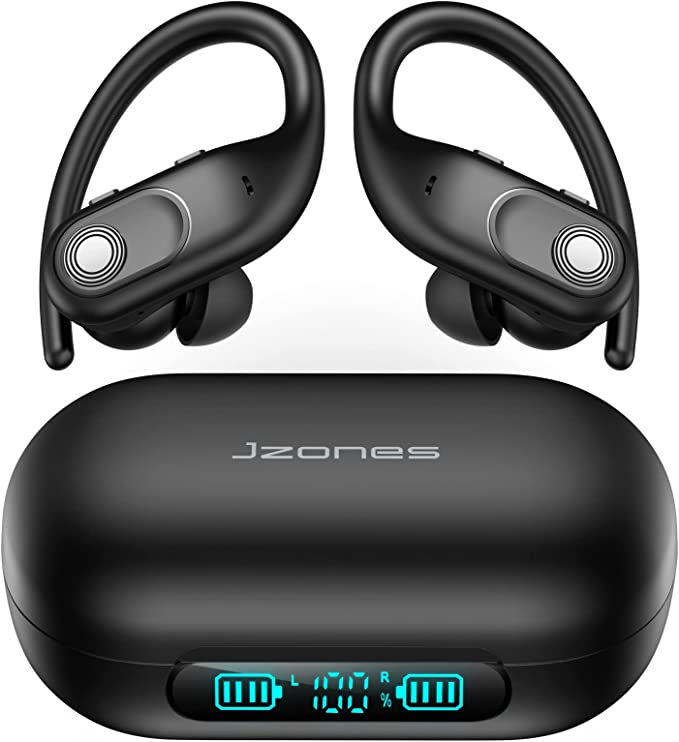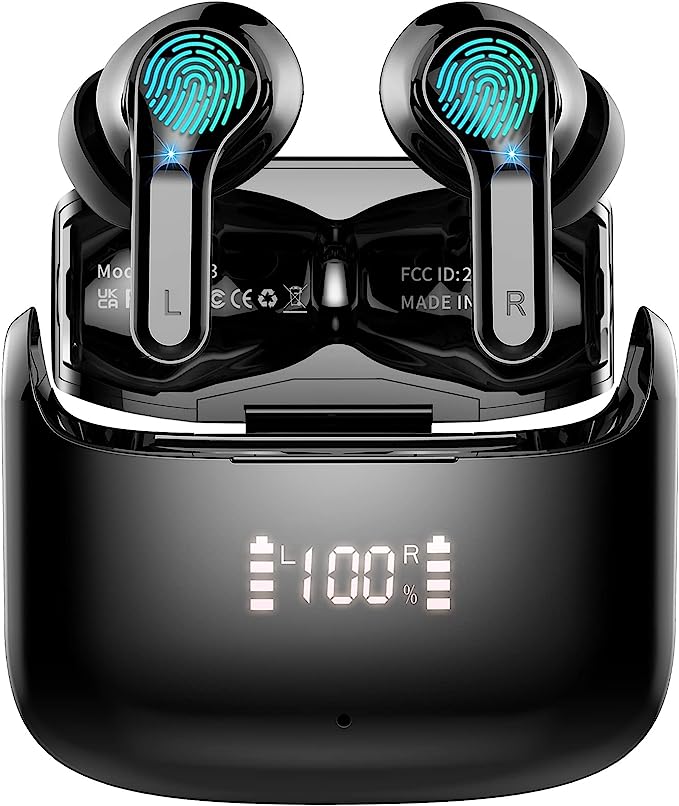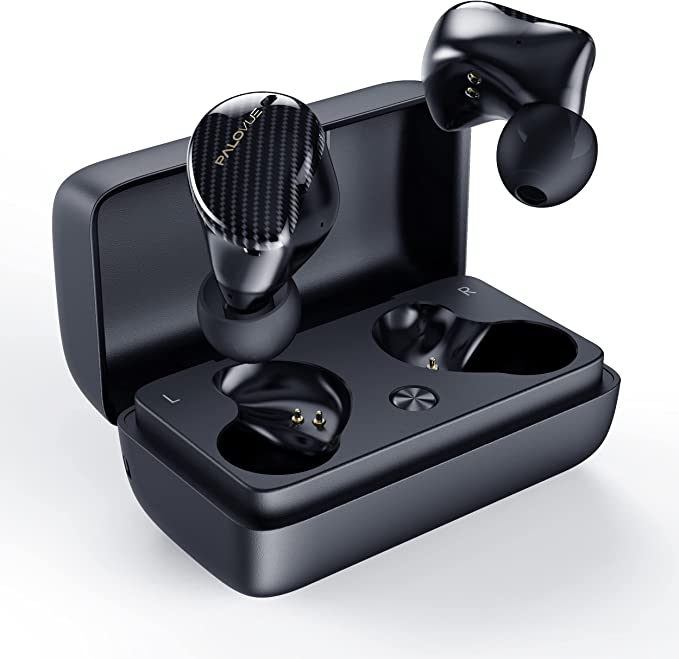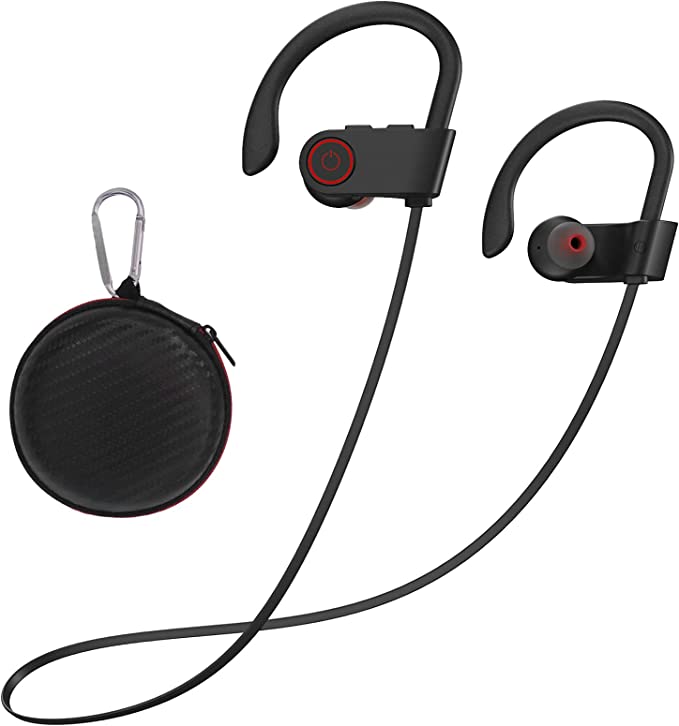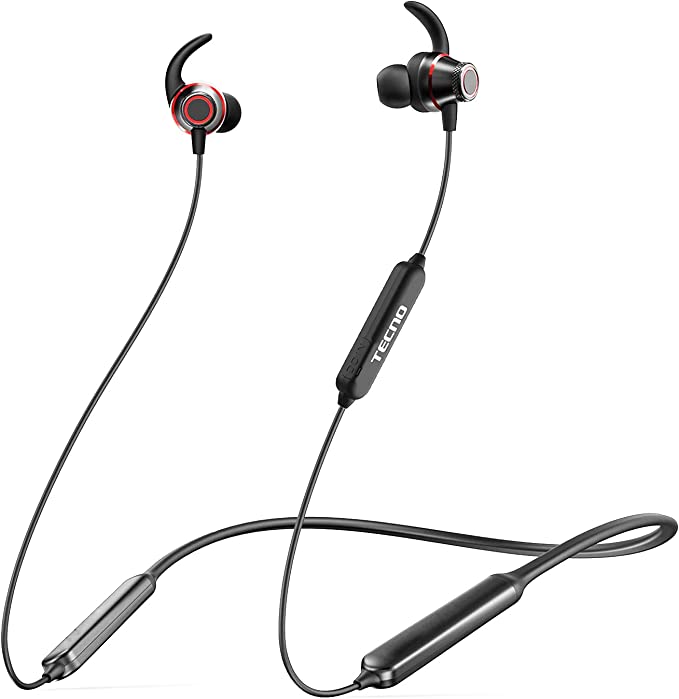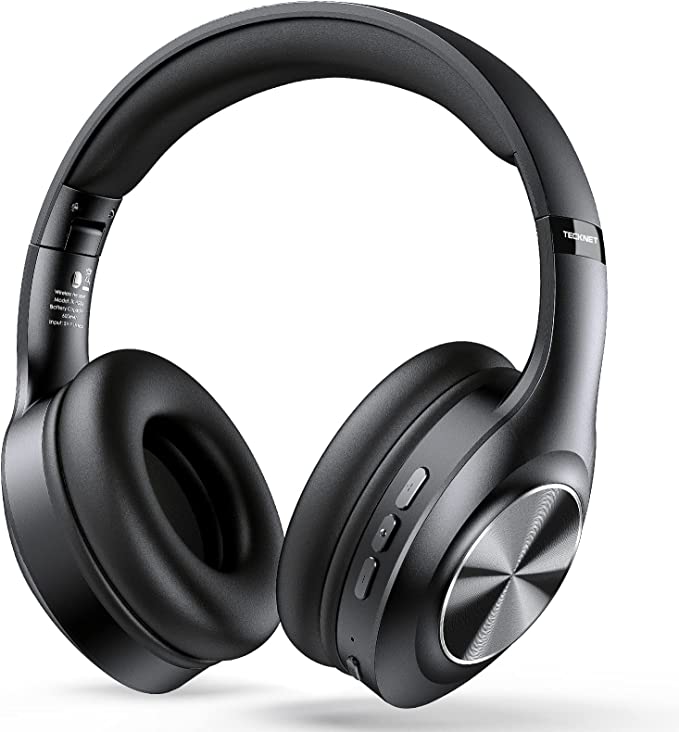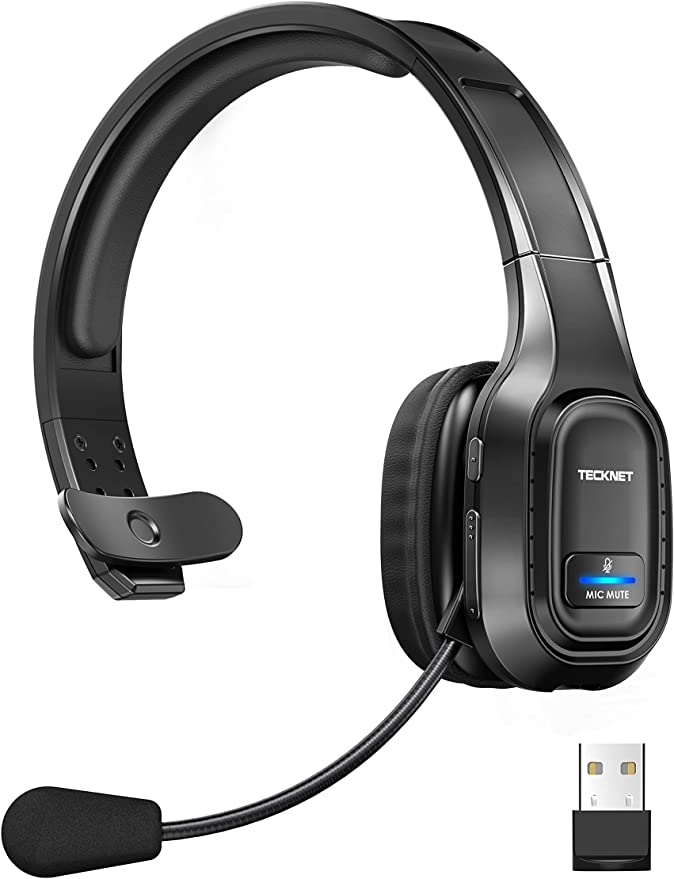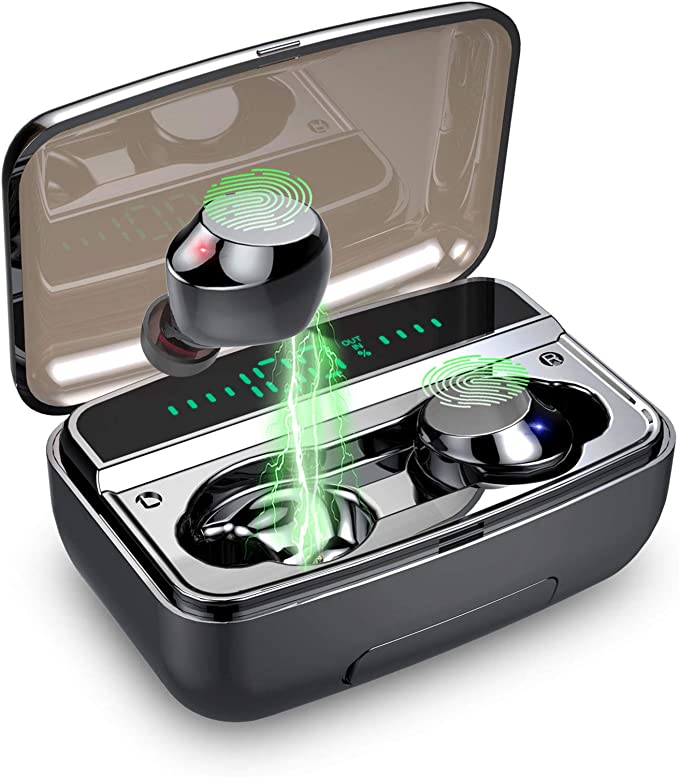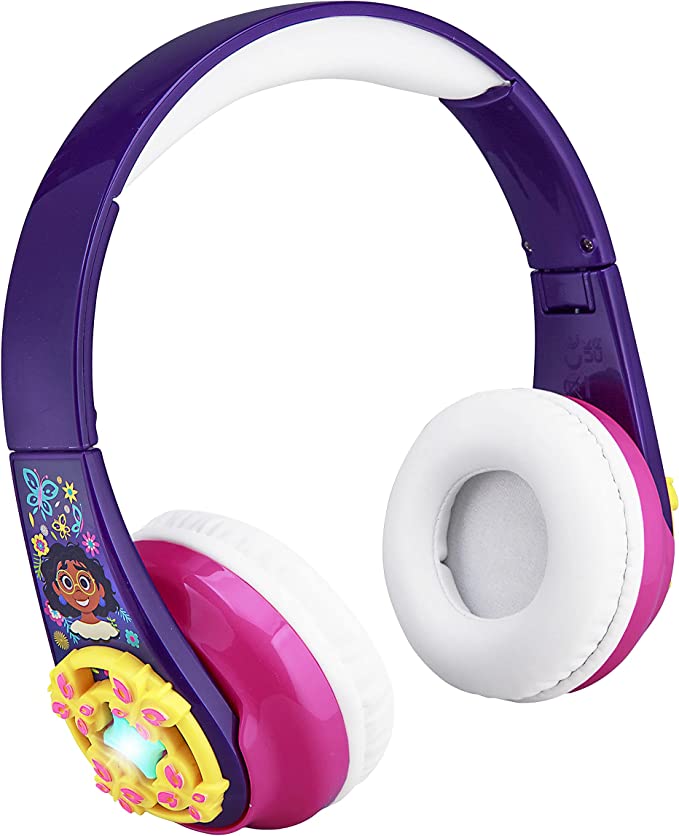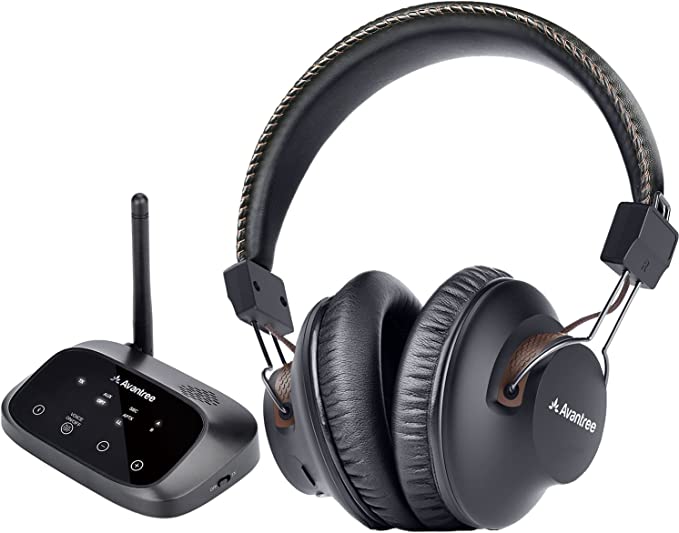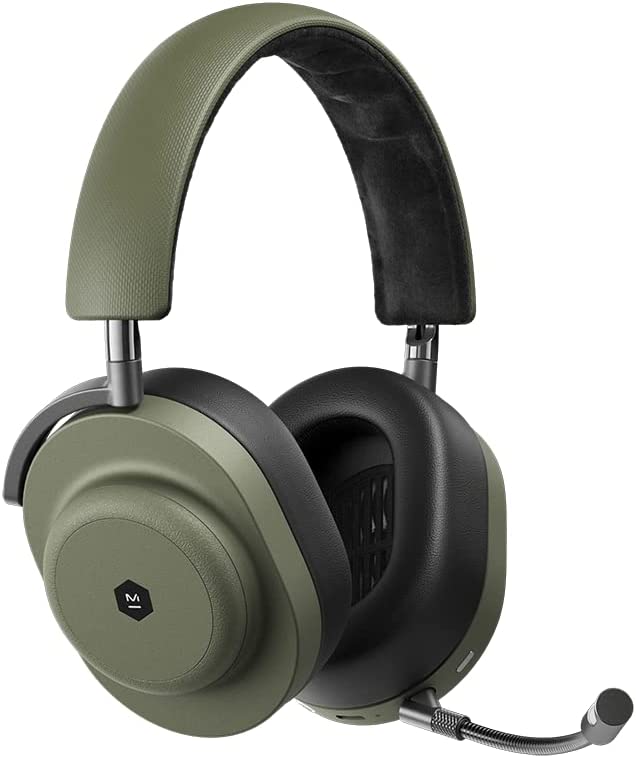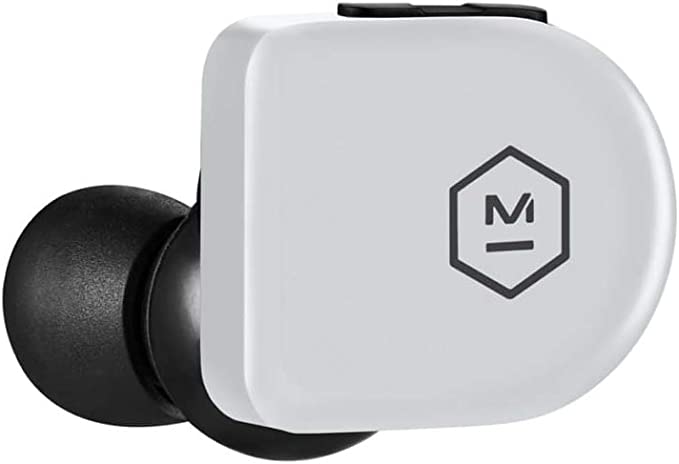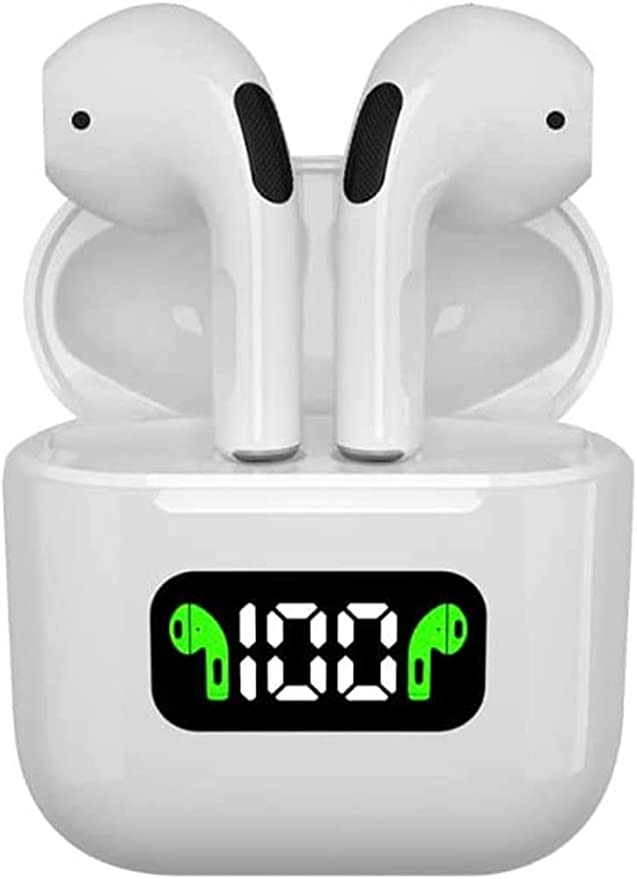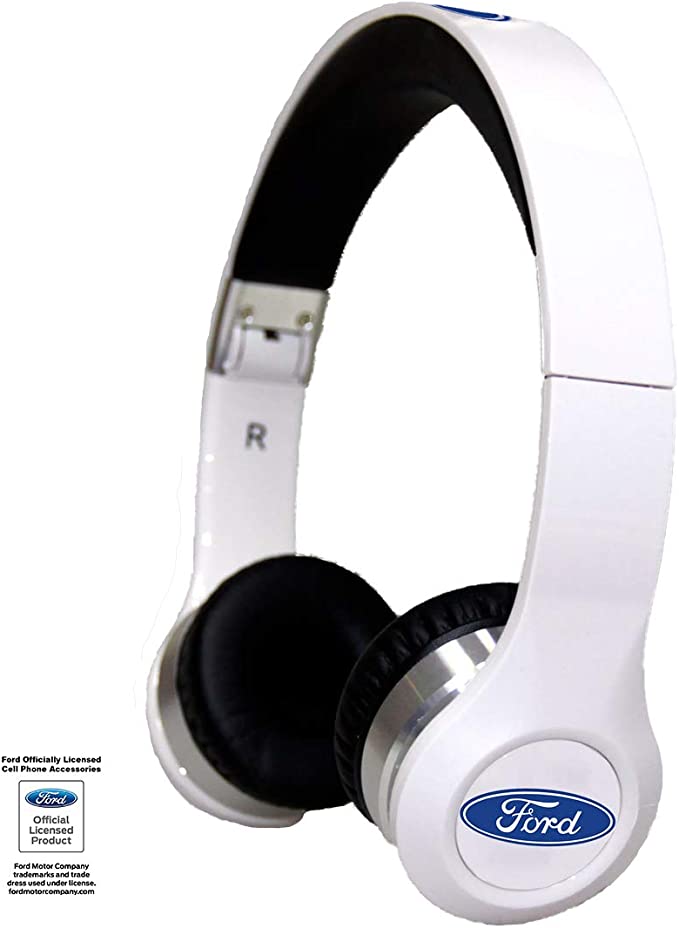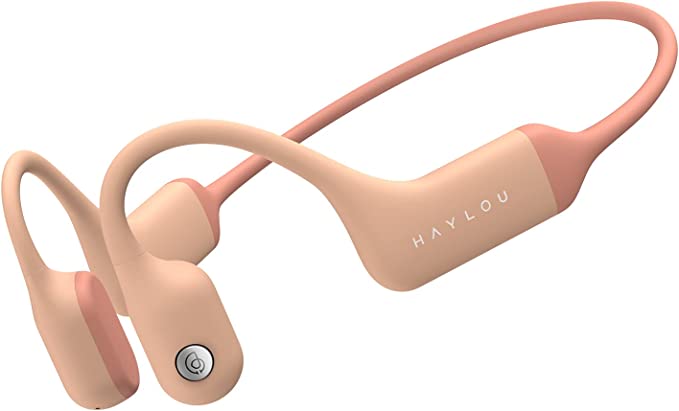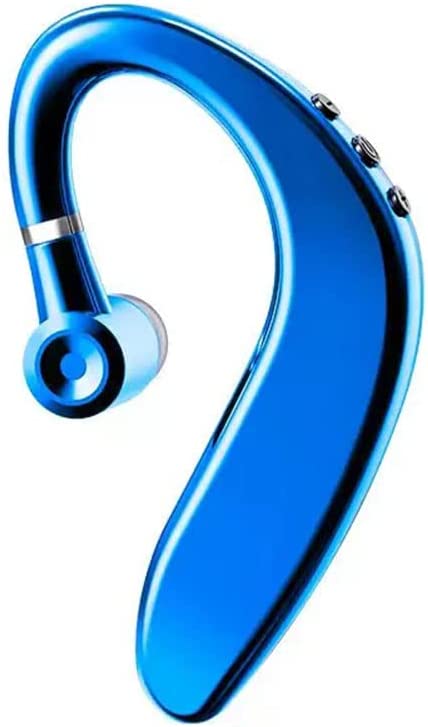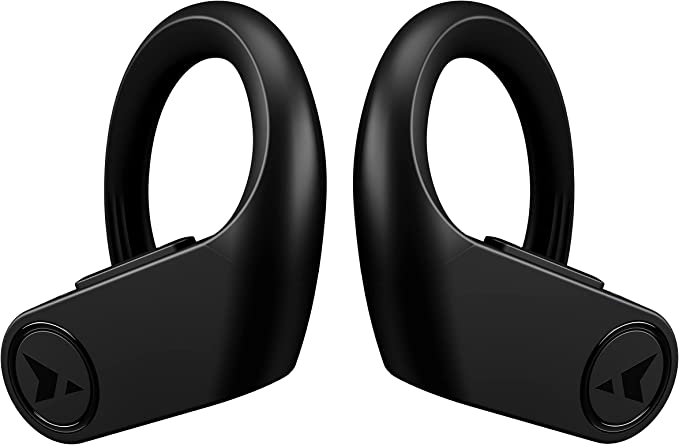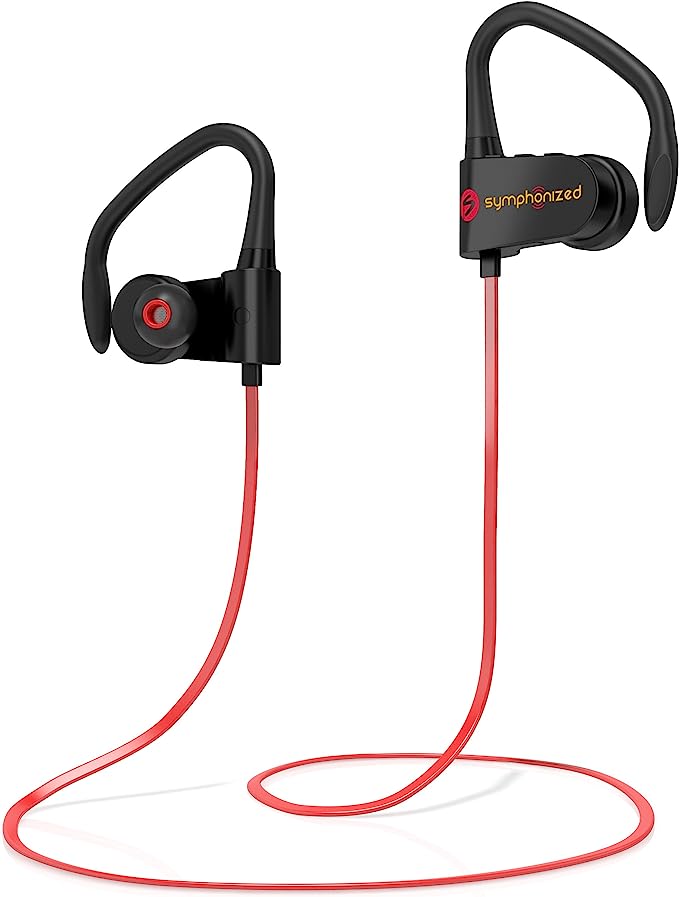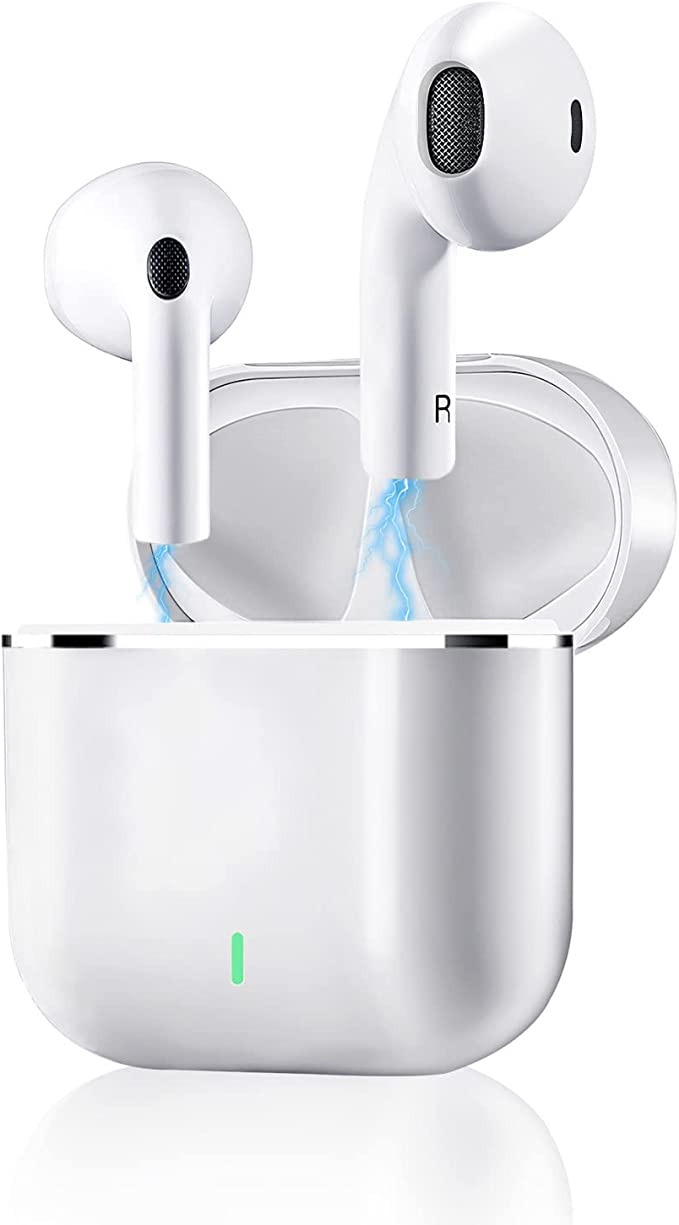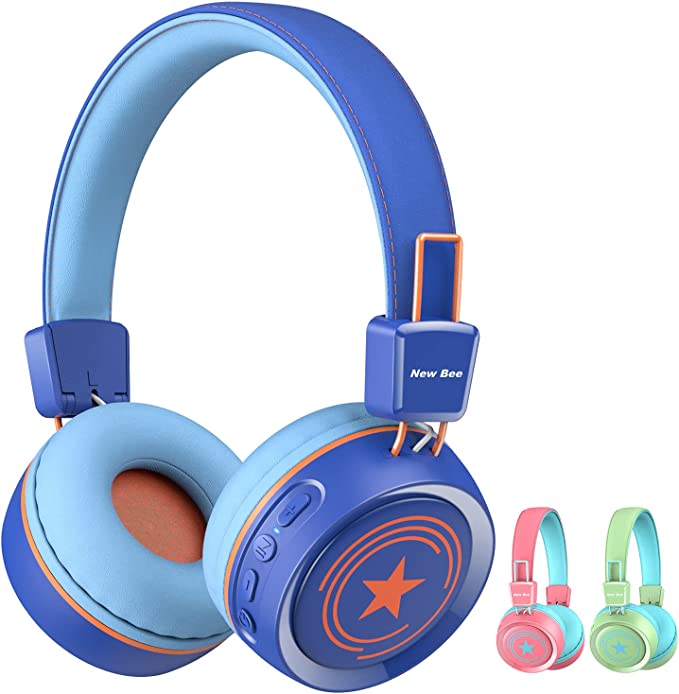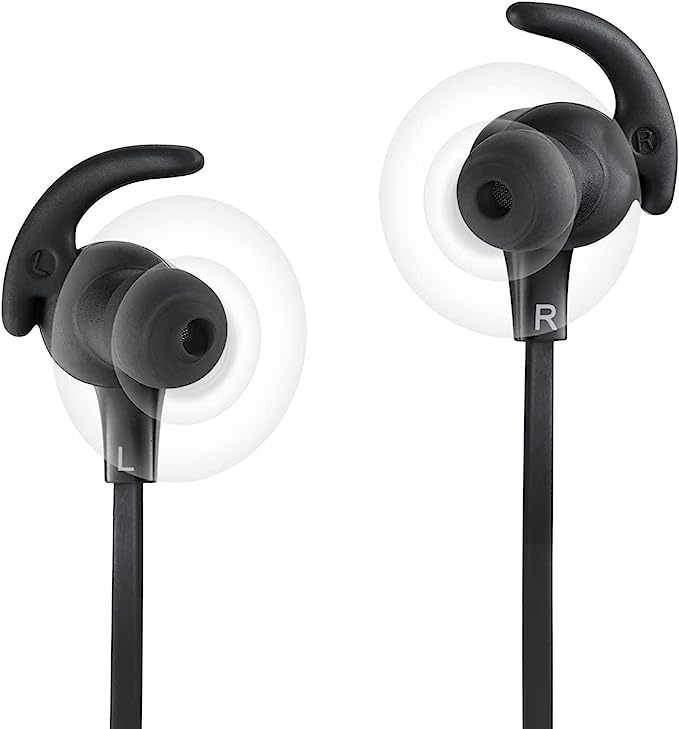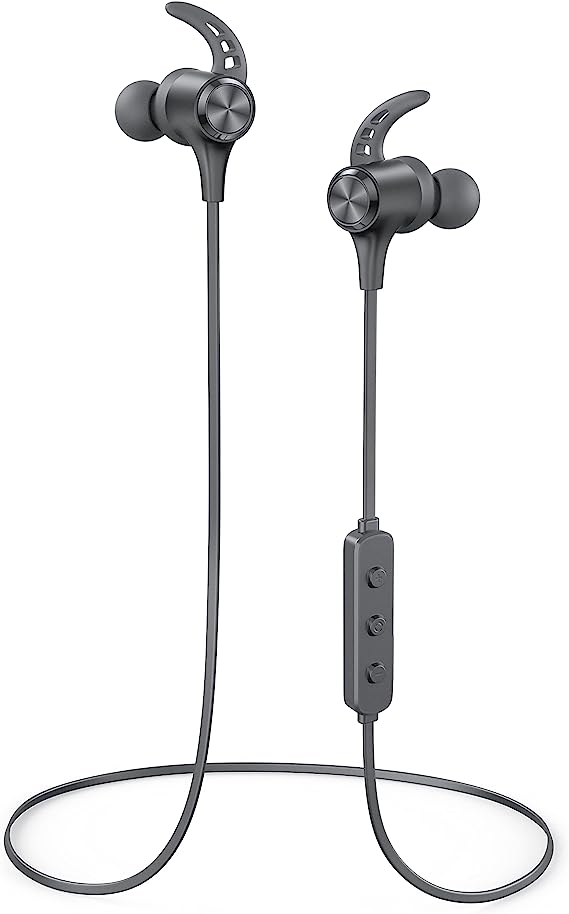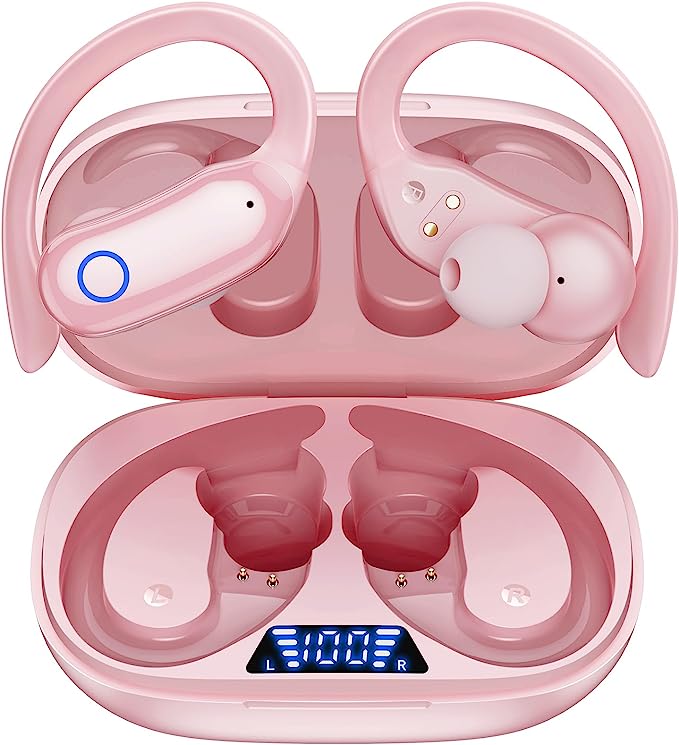Avantree Repose: Sleep Soundly with Comfortable Bluetooth In-Ear Headphones
Update on March 21, 2025, 1:55 p.m.
For many, the quest for a good night’s sleep is a nightly battle. Tossing, turning, and staring at the ceiling, we struggle to quiet our minds and find that elusive state of peaceful slumber. In our increasingly noisy world, sound – or the lack thereof – plays a critical role in our ability to fall asleep and stay asleep. While silence is often considered golden, the right kind of sound can be a powerful tool for improving sleep quality. But finding the right delivery method for that sound, especially when you’re lying down, presents a unique set of challenges.

A Brief History of Sleep Aids: From Lullabies to Tech
Humans have sought ways to improve sleep for millennia. From ancient lullabies and herbal remedies to modern-day sleep medications and white noise machines, the pursuit of restful sleep is a timeless endeavor. Early methods often relied on natural sounds or rhythmic patterns to soothe the mind. The gentle hum of a fan, the rhythmic crashing of waves, or the soft chirping of crickets – these sounds have a natural calming effect. As technology advanced, so did our sleep aids. The invention of the radio brought bedtime stories and calming music into the home, while the development of white noise machines offered a consistent soundscape to mask distractions.
The Science of Slumber: How Sound Impacts Your Sleep Cycle
Sleep isn’t a monolithic state; it’s a dynamic process comprised of distinct stages, each characterized by different brainwave patterns and physiological changes. These stages, broadly categorized as non-REM (NREM) and REM sleep, cycle throughout the night. NREM sleep is further divided into stages 1, 2, and 3 (deep sleep), with stage 3 being the most restorative. REM sleep, associated with dreaming, is crucial for cognitive function and memory consolidation.
Sound can profoundly impact these sleep stages. Sudden, jarring noises can disrupt sleep, pulling you out of deeper stages and fragmenting the sleep cycle. Conversely, consistent, predictable sounds can promote relaxation and mask disruptive noises. White noise, for example, contains all frequencies at equal intensity, creating a “blanket” of sound that helps to drown out sudden changes in the auditory environment. Pink noise, with more emphasis on lower frequencies, is often considered even more soothing. But it’s not just white noise; many find the sounds of nature, calming music, or even audiobooks helpful in facilitating sleep.

The Comfort Conundrum: Why Traditional Headphones Fail at Bedtime
While the benefits of using sound for sleep are clear, the method of delivery is crucial. Traditional headphones, designed primarily for daytime use, often fall short when it comes to bedtime comfort. Over-ear headphones, while offering excellent sound quality, are bulky and uncomfortable for side sleepers. The pressure against the ear and head can become unbearable after a few hours. Wired earbuds, while smaller, pose a tangling hazard and can easily be dislodged during the night. Even standard wireless earbuds, while eliminating the wire problem, often protrude too far from the ear, causing discomfort when pressed against a pillow.
Enter the Avantree Repose: Designed for Deep, Undisturbed Sleep
The Avantree Repose Bluetooth In-Ear Sleep Headphones represent a significant step forward in sleep sound technology. These aren’t your typical earbuds; they’re specifically engineered for comfort, low-latency audio, and extended use throughout the night. The key features that set the Repose apart are its low-profile design, soft silicone ear tips, FastStream low-latency technology, and impressive 18-hour battery life. Let’s delve into each of these features to understand the science behind their effectiveness.

Deep Dive into Comfort: The Ergonomics of Sleep Earbuds
Comfort is paramount when it comes to sleep headphones. Any pressure, pinching, or irritation can disrupt sleep and defeat the purpose of using the device
-
The Unique Shape of Your Ear: The human ear canal isn’t a straight, uniform tube. It has curves and variations in diameter. Traditional earbuds, often designed with a “one-size-fits-all” approach, can exert uneven pressure on the sensitive cartilage and skin within the ear canal. This pressure, especially when lying on your side, can lead to discomfort, pain, and even inflammation over time. The Avantree Repose addresses this with its low-profile design. By sitting nearly flush with the outer ear, it minimizes contact with the pillow and reduces pressure on the ear canal itself. Imagine trying to sleep with a pebble in your ear – even a small one can cause significant discomfort. The Repose aims to be the opposite of that pebble.
-
Material Matters: The Science of Silicone: The choice of material for ear tips is critical for comfort and sound isolation. Silicone, particularly the soft, medical-grade silicone used in the Repose, offers several advantages. It’s hypoallergenic, meaning it’s less likely to cause allergic reactions than other materials like latex. It’s also pliable and conforms to the unique shape of the ear canal, creating a snug yet gentle seal. This seal is crucial not only for comfort but also for passive noise isolation, which we’ll explore next. Furthermore, silicone is durable and easy to clean, essential for a device used in close contact with the skin.
The Silence Secret: Understanding Passive Noise Isolation
In a perfect world, we’d all sleep in perfectly silent environments. But reality is often far from perfect. Traffic noise, snoring partners, noisy neighbors – these sounds can disrupt sleep and prevent us from reaching those crucial deep sleep stages. While active noise cancellation (ANC) uses electronic circuitry to counteract external sounds, passive noise isolation relies on physical barriers to block sound waves.
-
Active vs. Passive: What’s the Difference? Active noise cancellation uses microphones to detect ambient noise and then generates an opposing sound wave to cancel it out. This is effective for consistent, low-frequency sounds like the hum of an airplane engine. However, ANC requires power, adds complexity (and often bulk) to headphones, and can sometimes create a slight hissing sound. Passive noise isolation, on the other hand, is simpler. It relies on the physical properties of the earbud and ear tip to create a seal that blocks sound waves from entering the ear canal. Think of it like plugging your ears with your fingers – you’re physically obstructing the sound.
-
How the Repose Blocks Out the World: The Avantree Repose’s snug fit, achieved through its low-profile design and soft silicone ear tips, creates a highly effective passive noise barrier. The silicone conforms to the ear canal, minimizing gaps where sound can leak in. While it won’t completely eliminate all sound (no passive system can), it significantly reduces the intensity of ambient noise, creating a quieter and more conducive environment for sleep. This is particularly effective when combined with white noise or other calming audio played through the earbuds, which further masks any remaining external sounds.
Latency-Free Listening: The Magic of FastStream
Audio latency, the delay between when a sound is generated and when you hear it, might not be noticeable when listening to music. But when watching videos, even a small delay can be incredibly distracting, creating a jarring disconnect between the visuals and the audio (the dreaded “lip-sync” issue). This is where Avantree’s FastStream technology comes into play.
-
What is Audio Latency, and Why Does it Matter? Audio latency occurs because it takes time for audio signals to be processed, encoded, transmitted wirelessly, and then decoded by the receiving device (your headphones). Standard Bluetooth codecs, like SBC, can have relatively high latency (over 100ms), which is fine for music but problematic for video.
-
Decoding FastStream: How it Works FastStream is a proprietary audio codec designed for ultra-low latency. While the exact technical details are proprietary, the key is optimization. FastStream prioritizes speed of transmission and decoding, minimizing the processing time required. When the Repose earbuds are paired with an Avantree transmitter (such as the Audikast Plus, Oasis Plus, or Orbit), the latency is reduced to less than 40ms – virtually imperceptible to most people. This ensures that the audio you hear is perfectly synchronized with the video you see, providing a seamless and immersive viewing experience.
-
Beyond Sleep: Low Latency for TV and Gaming While primarily designed for sleep, the low-latency capabilities of the Repose (with a compatible transmitter) make it an excellent choice for watching TV or even playing video games where audio cues are crucial. The ability to hear sounds in real-time enhances the overall experience and can even improve performance in fast-paced games. It is, however, important to note that while the Repose can connect to most Bluetooth-enabled smart TVs without a dedicated transmitter, achieving guaranteed low latency with a TV typically requires using the transmitter. This is because TVs often have their own internal audio processing that can introduce delays, even with low-latency codecs. Smartphones and tablets are generally less prone to this issue.

Power Through the Night: Optimizing Battery Life for All-Night Listening
A sleep aid that runs out of power mid-slumber is no help at all. The Avantree Repose addresses this with an impressive 18-hour battery life on a single charge. This is significantly longer than many other wireless earbuds, and it’s a crucial feature for a device intended for all-night use.
- The Science of Battery Longevity: Several factors contribute to the Repose’s long battery life. Efficient power management circuitry, a low-power Bluetooth chip, and the inherent efficiency of the FastStream codec (when used) all play a role. The volume level at which you listen also significantly impacts battery life – lower volumes consume less power. The 18-hour rating is likely based on moderate volume levels; listening at maximum volume will reduce the playtime. The choice of Micro-USB for charging, while somewhat dated, is unlikely to significantly impact battery longevity, though it may affect charging speed compared to USB-C.
Beyond the Bedroom: Where Else Can the Repose Shine?
While designed with sleep in mind, the Avantree Repose’s features make it a surprisingly versatile audio companion for other situations:
- Travel: The comfortable, secure fit and long battery life make the Repose ideal for long flights or train journeys. The passive noise isolation helps to reduce the drone of engines and other ambient noise.
- Office/Study: The Repose can be used for focused work or study, providing a distraction-free audio environment. The built-in microphone also allows for taking calls. The microphone quality is likely to be adequate for phone calls but not professional-grade.
- Relaxation/Meditation: The combination of comfort and sound isolation makes the Repose a great choice for listening to guided meditations or relaxing music.
Choosing the Right Sleep Earbuds: A Guide
The Avantree Repose is an excellent option, but it’s not the only option. When choosing sleep earbuds, consider the following:
- Comfort: Prioritize a low-profile design and soft, pliable ear tips.
- Sound Isolation: Consider whether passive noise isolation is sufficient or if you need active noise cancellation (keeping in mind the potential drawbacks of ANC).
- Battery Life: Ensure the battery life is sufficient for your typical sleep duration.
- Wireless Connectivity: Bluetooth is the standard, but consider the Bluetooth version and supported codecs (for low latency).
- Durability: Look for earbuds made from high-quality materials.
- Ease of Use: Simple controls and easy pairing are essential.
- Your Sleeping Position:
The Importance of Healthy Sleep Habits
It’s crucial to remember that sleep earbuds, like the Avantree Repose, are tools to aid sleep, not miracle cures. They work best when combined with healthy sleep habits. This includes:
- Maintaining a Regular Sleep Schedule: Go to bed and wake up around the same time each day, even on weekends, to regulate your body’s natural sleep-wake cycle.
- Creating a Relaxing Bedtime Routine: Wind down an hour or two before bed with calming activities like reading, taking a warm bath, or listening to relaxing music.
- Optimizing Your Sleep Environment: Ensure your bedroom is dark, quiet, and cool.
- Avoiding Caffeine and Alcohol Before Bed: These substances can interfere with sleep.
- Regular Exercise: Regular physical activity can improve sleep quality, but avoid intense workouts close to bedtime.
The Future of Sleep Sound Technology
The Avantree Repose represents a significant advancement in sleep sound technology, but the field is constantly evolving. We can expect to see even more sophisticated sleep earbuds in the future, potentially incorporating features like:
- Advanced Sleep Tracking: Built-in sensors to monitor sleep stages and provide personalized feedback.
- Biometric Feedback: Adjusting audio based on real-time physiological data (heart rate, brainwaves).
- Smart Noise Cancellation: More sophisticated ANC that adapts to different noise environments.
- Customizable Soundscapes: More personalized audio options, tailored to individual preferences.
- Integration with Smart Home Devices: Controlling lights, temperature, and other environmental factors to optimize sleep.
The quest for perfect sleep is ongoing, and technology like the Avantree Repose plays an increasingly important role in helping us achieve it.
